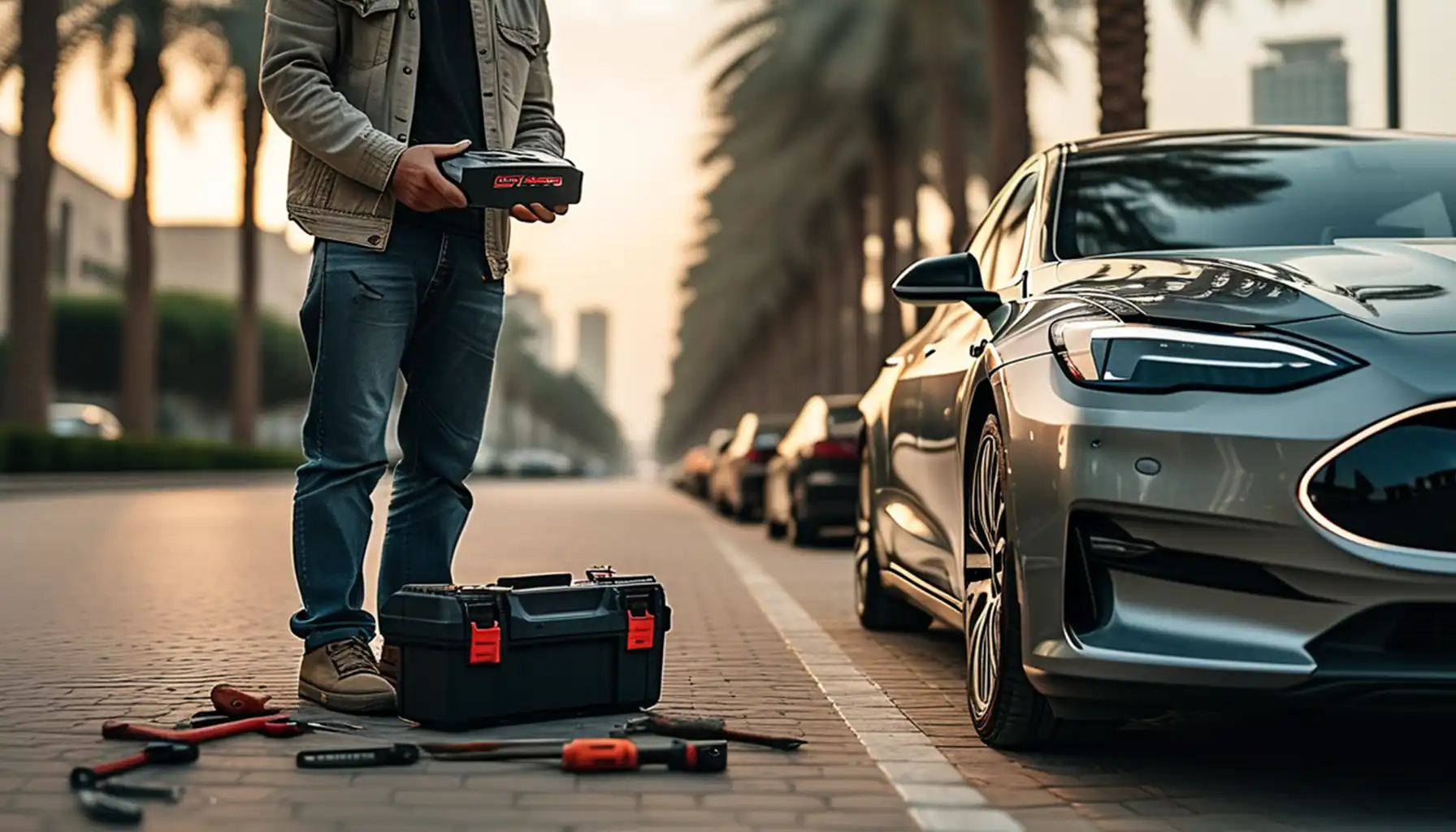Aside from the wheels and tires, few components are as integral to the operation of a vehicle’s suspension as the lower ball joint. This humble yet highly crucial hunk of machinery is attached via the control arm to the steering knuckle, thus allowing your wheels to glide along without incident and turn correctly in response to all input from the steering. Like most of the other parts in the car, though, they wear out with time; and when it does, their substitute becomes extremely important to maintain the capability of safety and performance of the vehicle.
The following procedure describes the replacement of the lower ball joint in a Kia Sorento, model years 2016 through 2020. Because these vehicles share common platform components, the procedures would be similar to that on a Hyundai Santa Fe, if not identical. Have some patience and the right tools, and even a home mechanic can succeed with this job. This replacement guide will walk you step by step through the process, which you should be able to handle with assurance.
What is the purpose of the lower ball joint?
Before proceeding with the replacement process, we need to know what a lower ball joint is and how its maintenance could be important. In essence, the ball joint is located at the lower end of the control arm and serves to allow the steering knuckle to pivot while accommodating up-and-down motion in the suspension. With time, the constant motion and exposure to weather start causing wear and tear on the ball joint, resulting in loosening or complete failure. The symptoms that indicate a failing ball joint are uneven wear of the tires, some clunking noises while driving over bumps, and loose and unstable steering. If a worn-out ball joint is not looked into, your safety on the road may well get compromised.
Step 1: Starting Ball Joint Replacement
Preliminary preparation to replace a lower ball joint requires the gathering of equipment, such as a socket wrench set, a ball joint separator tool, hammer, jack, jack stands, and a replacement ball joint. And not to mention, safety first: protection with gloves, working on a leveled surface to avoid accidents. First, park your vehicle on a flat surface and turn on the parking brake for a secure foundation.
Here’s the tools and Materials you need for Kia ball Joint replacement:
- Socket wrench set
- Ball joint separator tool
- Hammer
- Jack and jack stands
- Replacement lower ball joint
- Safety gloves
- Vehicle manual
Loosen the lug nuts on the front wheels, but do not remove them at this time. Raise the front of the car with a jack and support it with jack stands. Once the vehicle is safely raised, the complete removal of the front wheels will allow access to the control arm and lower ball joint.
Step 2: Detaching the Control Arm for Access
Now that you’ve taken the front wheels off, locate the lower ball joint. The ball joint is seated in where the control arm meets the steering knuckle.

- Locate the lower ball joint connected to the control arm and steering knuckle.
- Use a socket wrench to remove the bolts securing the control arm to the frame.
- Carefully detach the control arm from the vehicle.
Take your socket wrench and remove all the bolts that hold the control arm against the frame of your vehicle. It will be loose after you remove these, but you have to be real careful with it because this piece helps to stabilize your suspension system.
Step 3: Separating the Ball Joint
Now that the control arm is out of the way, attention needs to go to the ball joint itself. Using a ball joint separator tool, carefully disconnect the ball joint from the steering knuckle.
- Use a ball joint separator tool to disconnect the ball joint from the steering knuckle.
- If necessary, use a hammer to gently tap the separator tool to loosen the ball joint.
At times, this may prove to be somewhat stubborn, but if you find the ball joint isn’t moving, just take the separator tool and gently tap it with a hammer to loosen it. This separation is the most important step that enables you to eliminate the old, inadequately working ball joint and then replace it with the new one.
Step 4: Removing the Old Ball Joint
Once the ball joint has been separated from the steering knuckle, you can easily take off the bolts that attach the ball joint to the control arm. Removing it may become a bit hectic since the ball joint will, in most cases, be bolted up tightly in its place since it serves in a very vital role in the suspension system.

- Once the ball joint is separated, use a socket wrench to remove the bolts securing the ball joint to the control arm.
- Carefully remove the old ball joint from the control arm.
Using a socket wrench, remove the bolts by taking note of how they are situated, for reassembly. You can now gently pull out the old ball joint, mind you; keep track of the bolts and other pieces so that confusion can be avoided.
Step 5: Installation of the New Ball Joint
Now that the old, worn ball joint is out of the way, you can begin replacing it with a new one. Start by carefully positioning the new one in that spot where the previous one was removed. The new one should fit snugly in this spot so that your suspension functions as it should.
- Place the new ball joint in the same position as the old one.
- Secure it with bolts using a socket wrench.
- Reconnect the ball joint to the steering knuckle using the ball joint separator tool.
Use your socket wrench to bolt down the new ball joint with the same bolts you pulled out. It should be snug and tight; if it’s loose, it may cause another problem later on. Once bolted in place, the new ball joint should be re-attached to the steering knuckle using a ball joint separator tool for proper alignment. if you are in Dubai or anywhere else in UAE, you can contact Arsintrading for online order of any Kia spare parts in Dubai
Step 6: Control Arm Reattachment
Now that the new ball joint is installed and well-secured, go ahead and reattach the control arm. Bring the control arm into place up against your vehicle’s frame carefully, paying great attention to all alignments of connections before tightening the bolts with your socket wrench.
- Reattach the control arm to the vehicle frame and secure it with bolts.
- Ensure all connections are tight and properly aligned.
The reinstallation of the control arm will be one of the most crucial steps, since misalignment can result in effects on your vehicle’s handling and suspension integrity. Go at your own pace and make sure each bolt is tightened to the right tightness.
Step 7: Reinstalling the Front Wheels
You now have the new ball joint installed, the control arm back, all the serious work is over, and you just need to reattach the front wheels.

- Reinstall the front wheels and tighten the lug nuts.
- Lower the vehicle from the jack stands using the jack.
- Fully tighten the lug nuts on the front wheels.
Take the wheel back onto the hub and put the lug nuts on tight by hand. Lastly, with the wheels finally set in place, jack the vehicle from the jack stands down on the ground entirely, then tighten the lug nuts with the wrench.
Conclusion: Well-Worth-the-Effort Job
Although replacing a lower ball joint in a Kia Sorento is considered a job of moderate complexity, any committed home mechanic would find himself entirely capable of doing so. By following these steps and using the proper tools, you should be able to recover the performance and safety of your vehicle’s suspension system. Always consult your vehicle manual for any model-specific details and safety considerations, and if you have any doubt, then consider having it looked at professionally. The result is a smoother ride and the assurance that your Kia Sorento’s ball joints are in optimal working condition. After all, it is the well-cared-for suspension that helps extend the life of your car and its occupants.



